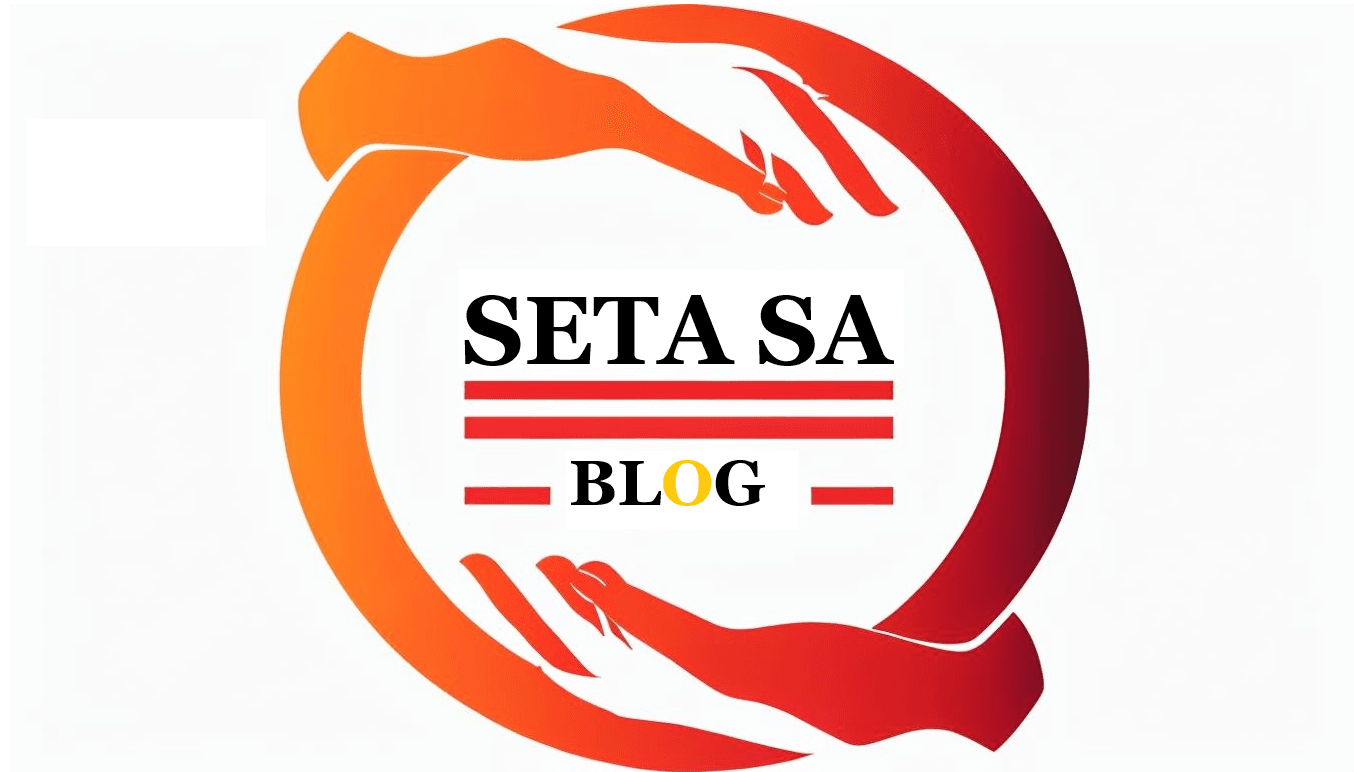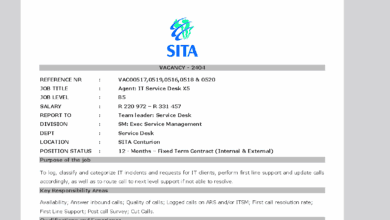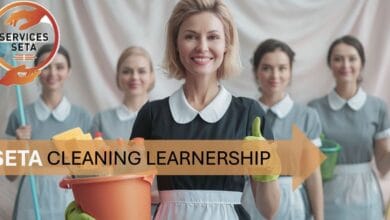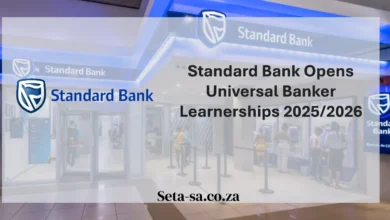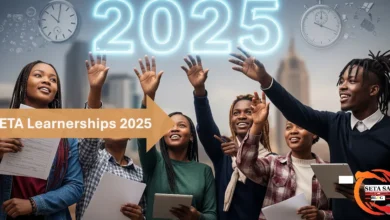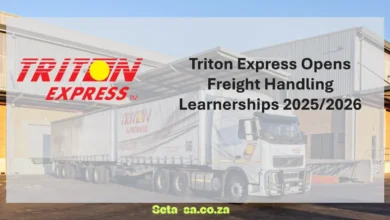MICTSETA Learnerships 2025 – Media, IT & Telecom Opportunities in South Africa
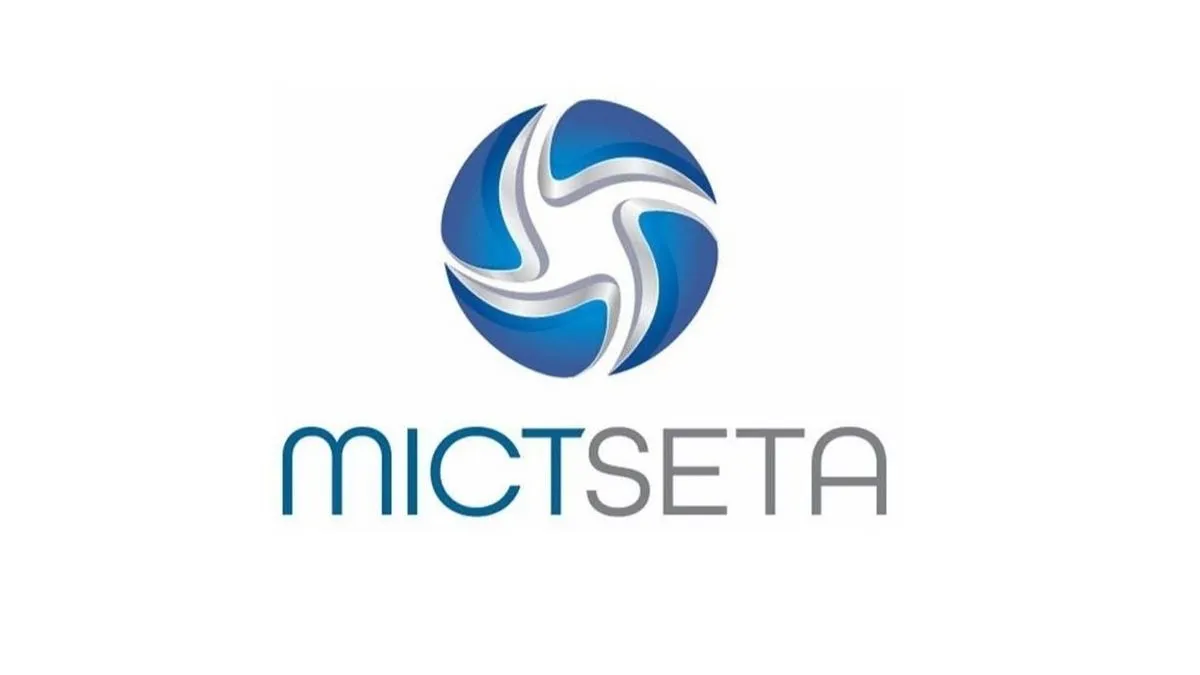
If you’re reading this, you probably know how hard it can be to land a decent job without experience. You send out CV after CV, but every ad seems to want “three years’ experience” before they’ll even look at you. Here’s the good news: the MICTSETA Learnerships 2025 program could be the break you’ve been waiting for.
These aren’t just training courses. They’re fully accredited, government-backed programs that pay you a stipend while you gain skills, work experience, and a qualification that can change your career trajectory. Whether your dream is to code software, work behind the camera, or help connect rural areas to the internet, MICTSETA could be your launchpad.
What Is MICTSETA and Why Does It Matter?
MICTSETA stands for Media, Information and Communication Technologies Sector Education and Training Authority. Their mission? To build South Africa’s talent pipeline in industries that are shaping the future—media, information technology, and telecoms.
This means working directly with employers, universities, and government agencies to design learnerships that actually prepare you for jobs that exist right now.
In 2025, the focus is sharper than ever:
- Digital content creation and broadcasting
- Software development and IT support
- Telecommunications and networking
By the end of your program, you won’t just have a certificate—you’ll have real work experience, industry connections, and skills that employers are actively hiring for.
Why Learnerships Are Crucial in 2025
South Africa’s youth unemployment rate is among the highest in the world. For many young people, the biggest barrier isn’t ability—it’s opportunity. That’s where learnerships come in.
Unlike unpaid internships, MICTSETA learnerships combine classroom theory with paid, hands-on work at real companies. This mix means you don’t just learn about the job—you do the job, and you get mentored along the way.
And because these industries are booming—think streaming services, cloud computing, mobile networks—your skills will be in demand well beyond 2025.
2025 MICTSETA Learnership Focus Areas
1. Media & Film
From scriptwriting to sound engineering, you’ll learn the art and business of storytelling in today’s digital-first world.
Possible career paths:
- Film and TV production assistant
- Video editor or animator
- Radio broadcaster or podcast producer
2. Information Technology
IT is the backbone of modern business. MICTSETA’s IT programs prepare you for high-demand roles like:
- IT support technician
- Software developer (Java, Python, C#)
- Cybersecurity analyst
3. Telecommunications & Networking
These are the people who keep South Africa connected. Learnership topics include:
- Fiber optic installation
- Wireless network setup and maintenance
- Telecom systems support
Eligibility Requirements
- Age: 18–35
- Citizenship: South African, with a valid ID
- Education: Matric for most programs; some IT roles require higher qualifications or specific subjects like Maths or Computer Studies
- Employment Status: Must be unemployed at the time of applying
How to Apply for a MICTSETA Learnership in 2025
- Search for open programs on the MICTSETA official site or social media pages.
- Download the correct application form for the program you’re interested in.
- Complete all fields honestly and clearly.
- Write a strong motivation letter explaining your passion and career goals.
- Attach certified documents (ID, qualifications, proof of residence, CV).
- Submit before the closing date—late applications aren’t considered.
- Follow up to confirm receipt and stay updated.
Contact for more info: Potego Magolego – cv@mict.org.za
Benefits You Can Expect
- Accredited Qualification recognised nationally (and sometimes internationally)
- Monthly Stipend of R3,500–R5,000 during training
- Hands-On Industry Experience with real projects
- Career Placement Opportunities after graduation
- Mentorship from industry professionals
Tips to Stand Out as an Applicant
- Personalise your motivation letter—avoid copy-paste templates.
- Research MICTSETA and the host company before your interview.
- Highlight your willingness to learn and adapt.
- Keep your documents updated, neat, and certified.
Key Dates for 2025 Applications
- Opening: January–March 2025 (varies by program)
- Closing: April–May 2025 for most programs
- Some IT & telecom learnerships accept rolling applications year-round
FAQs
Most run for 12 months, blending theory with workplace learning.
No—these programs are designed for people starting out in the industry.
Yes, and you receive a monthly stipend to cover basic expenses.
Yes—especially if you need industry experience.
Many graduates are offered positions by their host companies, but employment isn’t guaranteed—it depends on your performance and available opportunities.
